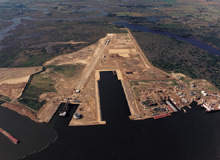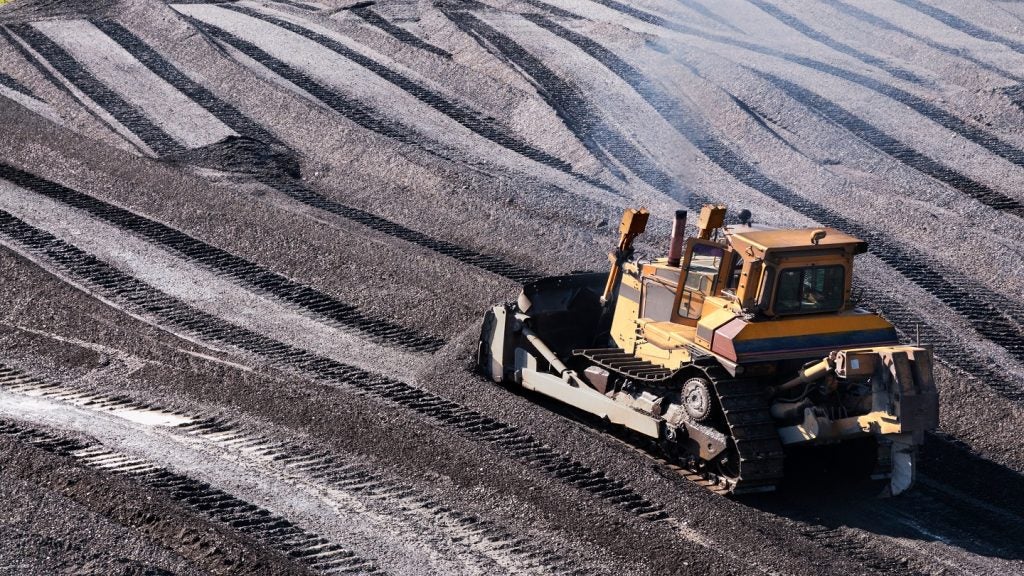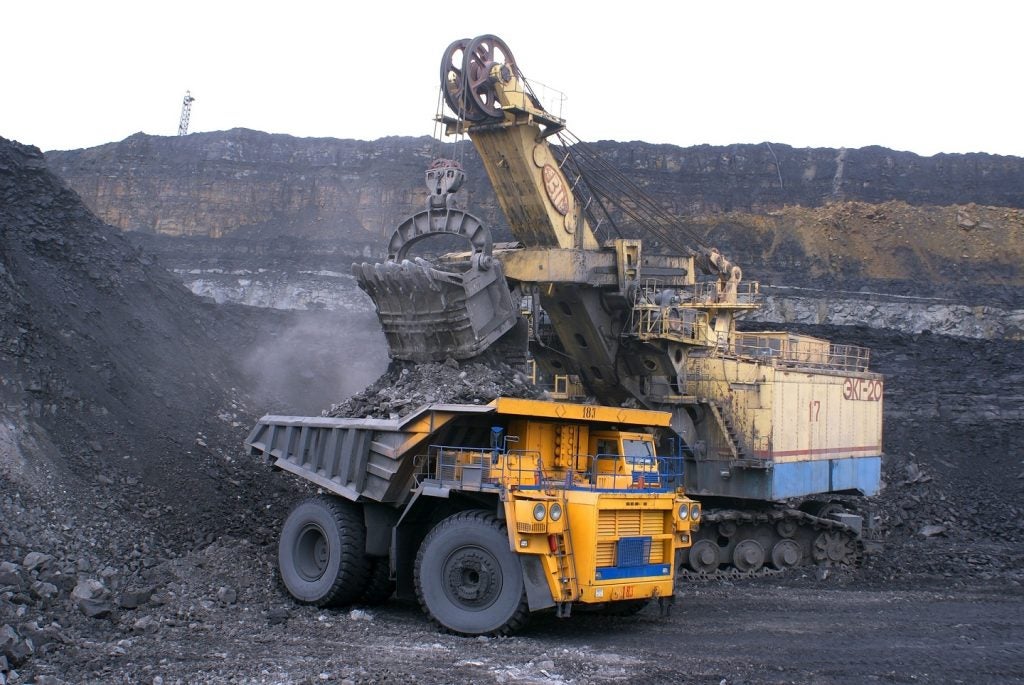
It seems inevitable that in the future unmanned aerial vehicles (UAV), which have already risen to prominence in the military sector, will become standard tools in the commercial sphere.
Research in UAV technology has been increasing since the late 1980s. Initially, the applications for this technology have been military-centric, the reason being that military UAVs, for the most part, operate outside of civilian airspace and do not have to comply with civil airspace standards and rules.
The benefits of removing the need for human pilots in air combat missions have also resulted in government fast-tracking UAV use. This has seen progress made in the technology, efficiency, range, size and payload of UAVs, although these developments have largely been outside of the commercial sector.
This, however, is changing and the vast benefits of the technology have attracted the attention of industries such as the mining sector which has already begun to reap the rewards.
A gem of an idea
The primary use of aircraft within the mining industry is for exploration; to map out tracts of distant terrain and to explore for potential mineral deposits. The nature of such missions makes the use of UAVs a natural fit, but that is not the only area of mining operations in which unmanned aircraft excel.
Missions flown by manned fixed-wing aircraft are inherently dangerous because of the necessity of conducting such flights at low altitudes and low airspeeds. UAVs only require control from a pilot stationed safely on the ground.
How well do you really know your competitors?
Access the most comprehensive Company Profiles on the market, powered by GlobalData. Save hours of research. Gain competitive edge.

Thank you!
Your download email will arrive shortly
Not ready to buy yet? Download a free sample
We are confident about the unique quality of our Company Profiles. However, we want you to make the most beneficial decision for your business, so we offer a free sample that you can download by submitting the below form
By GlobalDataPilotless aircraft also offer an advantage as flight time is not limited by the maximum time a pilot is allowed to fly. Missions can also be conducted at night.
UAVs are also cost-effective. Without the maintenance and staffing costs of helicopters and light aircraft, UAVs are cheaper to run and require less to launch, mobilise, set up, relocate and refuel.
Another handy trait of UAVs is there relatively low environmental footprint, a high priority for the mining industry at present. UAVs require fewer materials to build, use less fuel to fly, emit less pollution and are easier to dispose of at the end of service.
Eye in the sky
For a UAV to be useful in mining exploration it must be able to travel at low altitude over long distances and carry a suitable payload of scientific equipment capable of storing and transmitting information.
The aircraft most suitable for this task belongs to the medium altitude, long endurance or MALE category of UAV. Such aircraft come in a phenomenal range of configurations and are capable of flying at an altitude of up to 30,000ft (9,000m) over a range of 200km.
To carry out geological surveys, UAVs are most often equipped with onboard magnetometers, instruments that measure magnetic field variations in the ground caused by minerals such as iron. In Australia, a UAV known as the Tandem Wing RPV has been used successfully to carry out airborne geo-survey missions over long tracts of open dessert using magnetometers.
Another UAV used for geophysical surveys is the GeoRanger built by Insitu and used by Fugro, a geotechnical survey and geoscience company to interpret data related to the earth’s surface.
The GeoRanger is a long-endurance unmanned aircraft, which carries a commercial magnetometer and can fly pre-programmed routes in excess of 15 hours. Data from the magnetometer sensor can be stored on board or sent to a ground control station.
Geometers are not the only technology useful in mining exploration. The INTEGRATOR, also being built by Insitu, carries inertial stabilised electro-optical, longwave infrared, and mid-wave infrared cameras with optional infrared marker and laser rangefinder to develop high-quality imagery used in terrain mapping and geomagnetic surveys.
UAVs can be also used by for high-resolution topographic mapping using light detection and ranging, which uses optical remote sensing technology to measure properties of scattered light to find range and/or other information to produce extremely accurate terrain models.
Not cleared for take-off
By far the biggest barrier to routine commercial flight missions by unmanned craft is a lack of regulatory guidance and standards necessary to allow UAVs to operate within civil airspace.
The relatively low cost and simplicity of UAV design have resulted in a flood of vastly different models into the air space. Not every aircraft is built to a rigorous level of safety and often operators are untrained fliers, a serious issue when you consider these aircraft share the same airspace as manned and passenger aircraft.
The position of the Federal Aviation Administration (FAA) in the US is one of safety first. According to the FAA the design of many UAVs makes them difficult to see and in the absence of adequate detection, sense and avoidance technologies safety implications are a major issue.
The FAA therefore requires UAV operators to obtain a certificate of authorisation based on principles that include using a defined airspace in coordination with air traffic control facilities and often only under strict rules such as flying the aircraft in daylight and maintaining visual contact at all times.
To address the increasing demand for civil and commercial UAV certification and development, the FAA is working on guidance to increase the level of access into the national airspace, a process it has described as ‘long-term’ and a ‘work in progress’.
In 2001, the Europe Community launched UAVNET, a network to advance the development of UAVs for civilian and commercial purposes. To support the activity, which the EU sees as a prime economic enabler, the EU has set out certification and regulatory support, cost reduction and safety and reliability enhancement as the major areas to be supported.
Preliminary proposals on certification and regulations for civil UAV operations were laid out in a report produced by the Joint Aviation Authority/Eurocontrol Task Force in which the UAV safety issues for civil operations participated. The European Aviation Safety Agency has also been heavily involved in the certification process of civil UAVs into controlled airspace.
The mandate that all UAVs will eventually have to include complex voice communications, transponders and sense and avoid systems has, however, ensured that progress has been slow.
To a new horizon
Widespread adoption of UAVs in the mining industry has been slow, not because of a lack of technology but because of a lack of recognised standards and protocols, an issue not only within mining airspace but across all UAV-receptive industries.
On a positive note, mining exploration often takes place outside of restrictive airspace, which may encourage the use of UAVs on far-flung missions. Comprehensive use of unmanned aircraft will, however, have to wait until a safety consensus can be practically applied.
Nonetheless, although certificated UAVs are rare, research (and testing) is booming at an exponential rate. The opportunity to use drones to fly safely over vast terrains is simply too good to pass up and already it seems a foregone conclusion that with enough technological and bureaucratic digging, the mining industry may soon unearth a real gem of an aerial solution.







